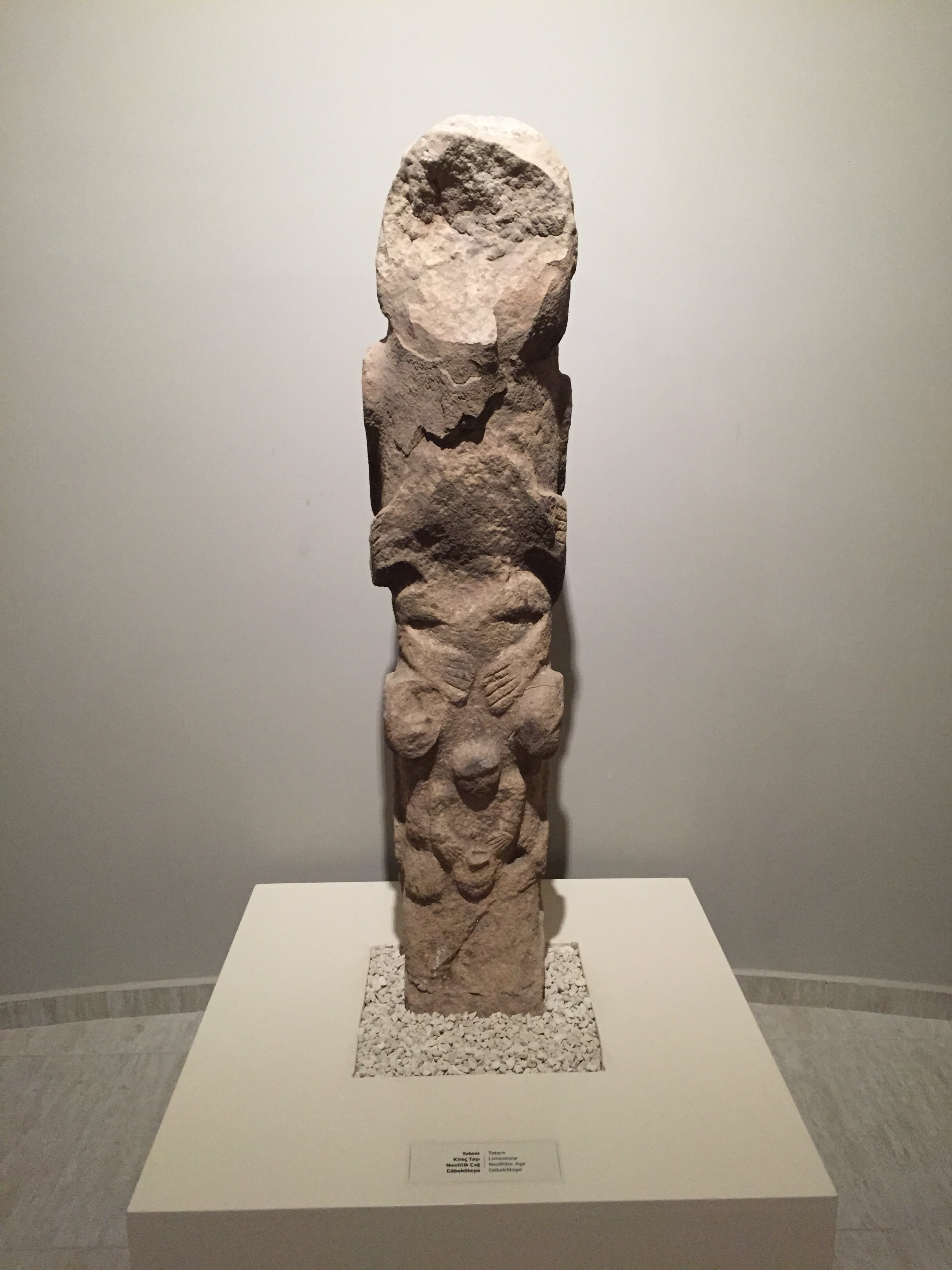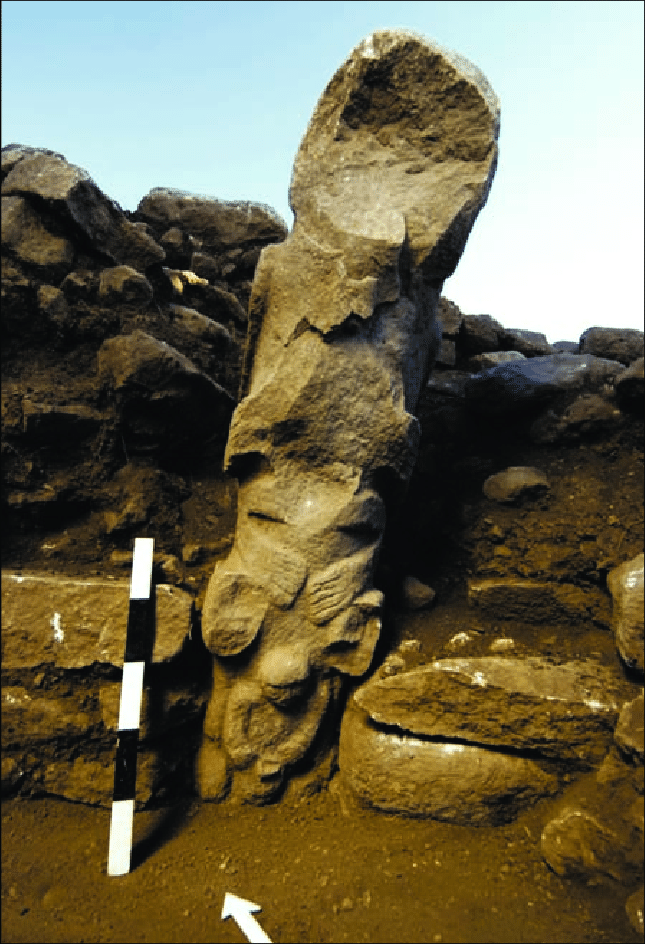There are always two T shaped pillars in the middle of every circled enclosure as shown by the ground penetrating radar scans and the four enclosures already

Formally "Forbidden Files TV" a name better suited is "Mystery Files TV" Humanity's past and our current time is full of mysteries, hidden secrets and great wonders. This blog covers ancient history, hidden knowledge, unexplained events and breaking news. Ufo's, the spirit realms, science, technology, art, religion and everything in between.
Sunday, June 12, 2022
The Totem of Life and the Milky Way : Gobekli Tepe Part 2
There are always two T shaped pillars in the middle of every circled enclosure as shown by the ground penetrating radar scans and the four enclosures already
Tuesday, June 7, 2022
Gobekli Tepe and the Totem of Life - Part 1
Gobekli Tepe is an archaeological site in Turkey and is currently the oldest known religious temple to date. It is a 20 km square archaeological site that will take decades to uncover.
It's pre-pottery neolithic, so right in the middle to end stone age.
It is known for it's megalithic T shaped pillars in a circle formation.
Göbekli Tepe (Turkish: [gœbecˈli teˈpe], "Potbelly Hill"; known as Girê Mirazan or Xirabreşkê in Kurdish) is a Neolithic archaeological site in the Southeastern Anatolia Region of Turkey. Dated to the Pre-Pottery Neolithic, between 9500 and 8000 BC
The T shaped pillars are often shown with arms and hands and thought to represent deities or some say even ancestors. There are countless articles on the pillars and people speculating on their meaning.
From either side of the side of the 1.2 meter limestone statue, we can see the mans head is inside the head of an animal. The animal to some looks like a cats head and some say a frog and some say a boars head.
-
Ten Commandments, Mount Sinai and the Archaeological Evidence. The 10 Commandments were given to Moses after the Exodus from Egypt and durin...
-
When I was a child, Easter was one of my favorite holidays. I was raised in a highly filtered, luke warm to cold Christian atmosphere. The...












